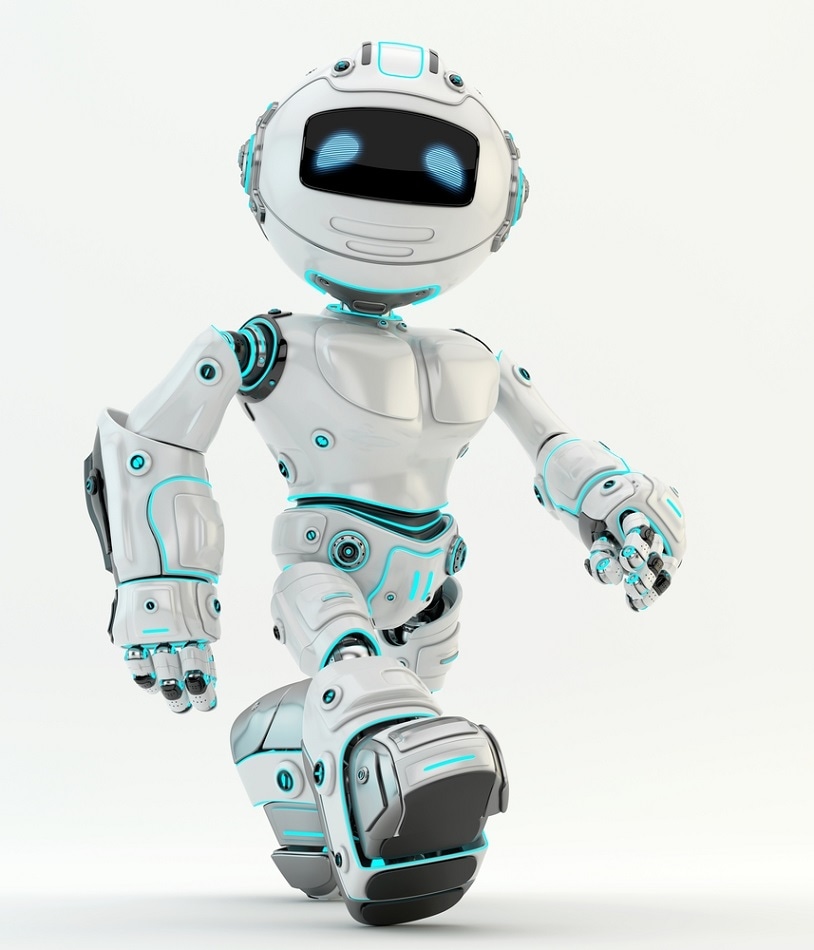Sep 22 2017
Walking on two legs may seem to be easy, but that is not so. And mainly for robots, a natural stride is a major challenge. Researchers at EPFL’s Biorobotics Laboratory are testing innovative systems to enhance the ability of humanoids to interact and walk.
 Ociacia/ Shutterstock.com
Ociacia/ Shutterstock.com
Developing robots that can walk more naturally
Although, it comes perfectly naturally for humans, walking on two legs is actually a difficult task that requires a number of muscles to carry out delicate balancing acts. That is why humanoid robots are still walking so awkwardly in spite of major technological advancements in the field over the years.
Engineers at EPFL’s Biorobotics Laboratory are experimenting with innovative walking systems on a robot known as COMAN, which stands for COmpliant HuMANoid Platform. This 95 cm tall humanoid is exclusively developed for studying walking – thus justifying the reason for featuring no head.
Developed under the EU AMARSi project, COMAN is now being used by numerous research teams. The EPFL team is exclusively focusing at the “brains” of the machine.
We developed algorithms that can improve the robot’s balance while it’s walking.
Hamed Razavi, Engineer, the Biorobotics Lab
In Harmony with Symmetries
One of COMAN’s unique features is its joints, which are made from elastic elements that offer greater flexibility in movement. The EPFL team created an innovative type of control system for the robot, based on operational symmetries involving not only the structure of the robot’s movements but also the mathematical equations defining them.
You could say we’re working in harmony with these symmetries rather than against them. That gives us a steadier gait.
Hamed Razavi, Engineer, the Biorobotics Lab
The control system uses advanced computer programs to cautiously analyze COMAN’s movements – in terms of the angles of its joints, position, speed etc. – and send the data to its motors in real-time, informing the motors the action to be taken in order maintain the balance of the robot.
If someone pushes COMAN, for example, our algorithms will calculate exactly where its foot should land and what strength to use to counter the force.
Hamed Razavi, Engineer, the Biorobotics Lab
Climbing Stairs and Opening Doors
The algorithms are designed for three types of robot applications. Carrying out rescue efforts at disaster sites is the first application. “At sites designed by and for humans – like a nuclear power plant with stairs to climb and doors to open – humanoid robots can get around more efficiently than those on wheels,” observes Razavi. The second application is to help with activities such as moving objects or carrying heavy boxes (see box) while making exoskeletons for the disabled is the third application.
“Making the robots more stable is just the tip of the iceberg,” says Razavi. The second step is to refine the algorithms so that the humanoids have a larger range of movement and can overcome impediments and walk on sloped or irregular surfaces.
Humanoids Helping Humans
Jessica Lanini and Hamed Razavi, as part of this project, investigated how two people carrying an object together turn, walk, and speed up in a synchronized style – without communicating with each other. Recently, their results were published in PLOS ONE, and it indicated that the two people synchronize their steps automatically, like a quadruped. The researchers now plan to apply their findings to humanoid robots.
“Whether for manufacturing or natural disasters, we need robots that can interact with humans and help us carry heavy objects,”observed Lanini. “But such robots don’t exist. That’s because, in order to operate safely and effectively, the robots would need to be able to make decisions and respond to unexpected circumstances.”
The Researchers took a decision to observe humans, as they do things more naturally and better than robots. They analyzed the manner in which humans move and discovered that some factors like force, speed, and hand position play a major role in understanding “commands” like stopping or speeding up.
Following which the observations are modelled in order to program the robots. “What is it exactly that makes us slow down or turn? The applied force? A combination of force and speed? The boundary is not yet clear,” says Razavi.